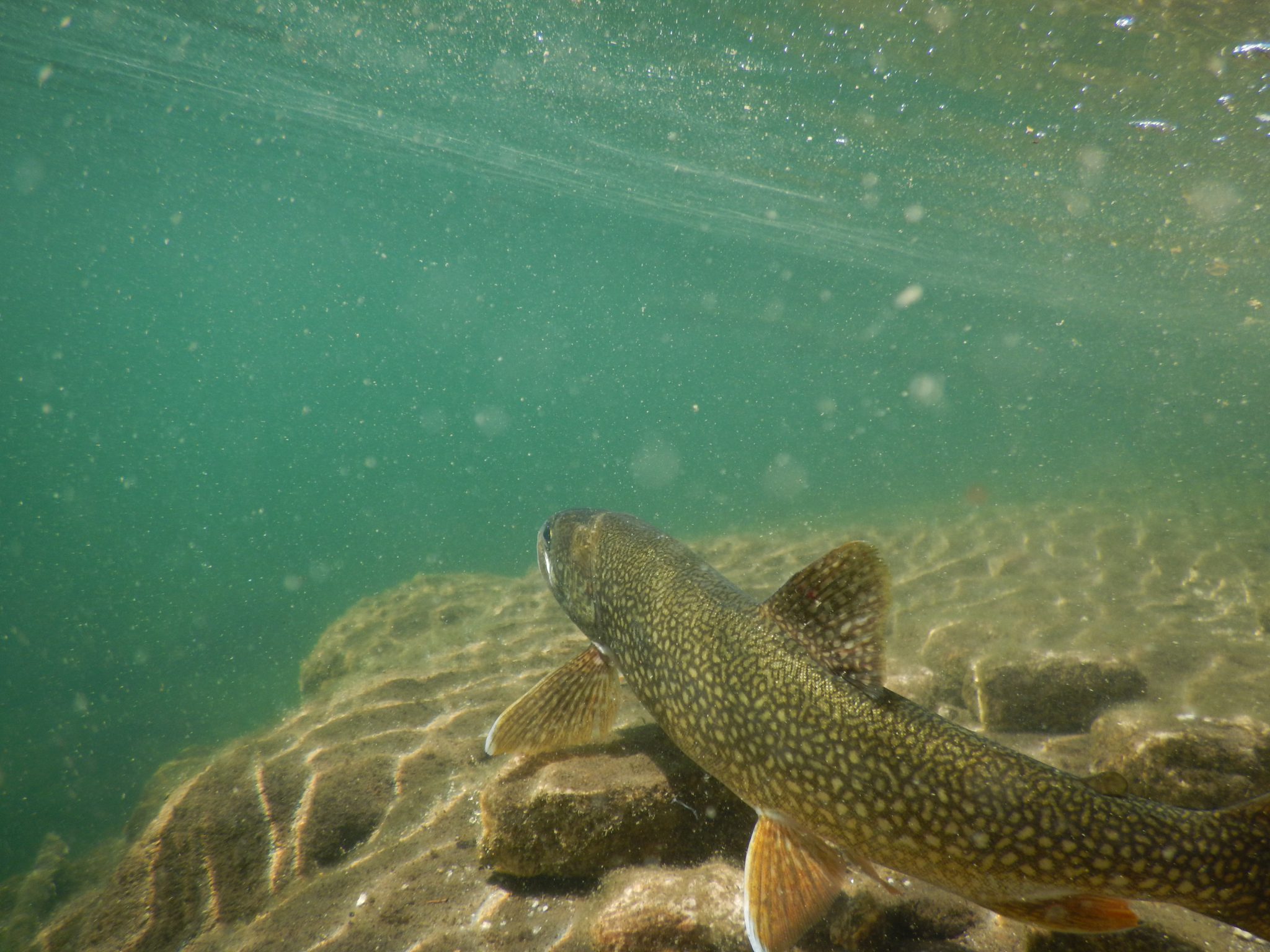Our Lakes
Lake 224
In our region of stunning lakes, Lake 224 still manages to shine. With a maximum depth of 28 metres, it’s incredibly clear and blue in colour, with surrounding rocky outcrops and older-growth pine and spruce.
About this lake
Data from Lake 224 has been used to study the effects of changes in climate and dissolved organic carbon.
It has also served as a reference lake for many IISD-ELA experiments, including acid rain studies in the 1970s. Several radioisotopes were added in the 1970s to better understand lake micing, phytoplankton productivity, and gas exchange.
Related Environmental Issues
